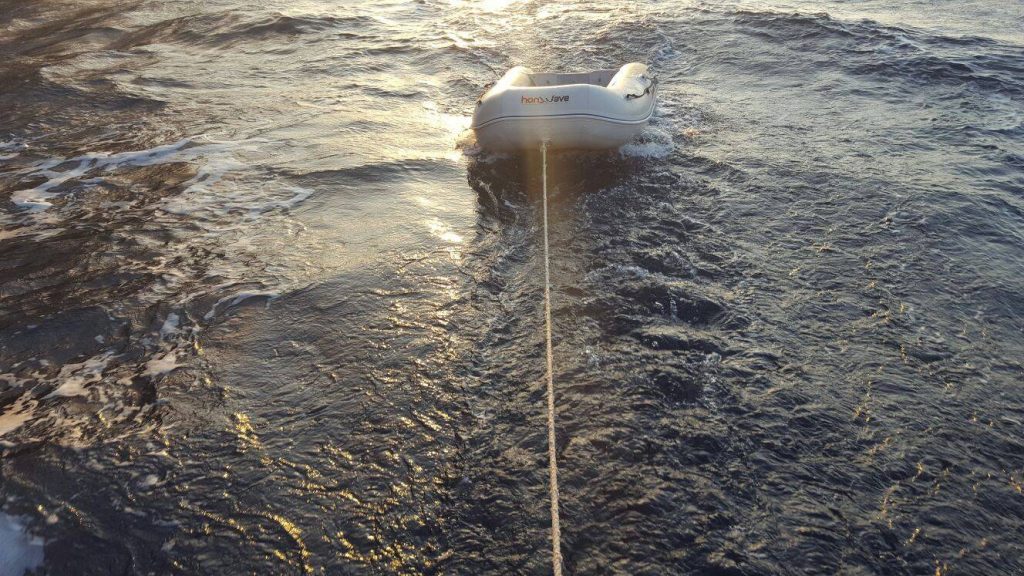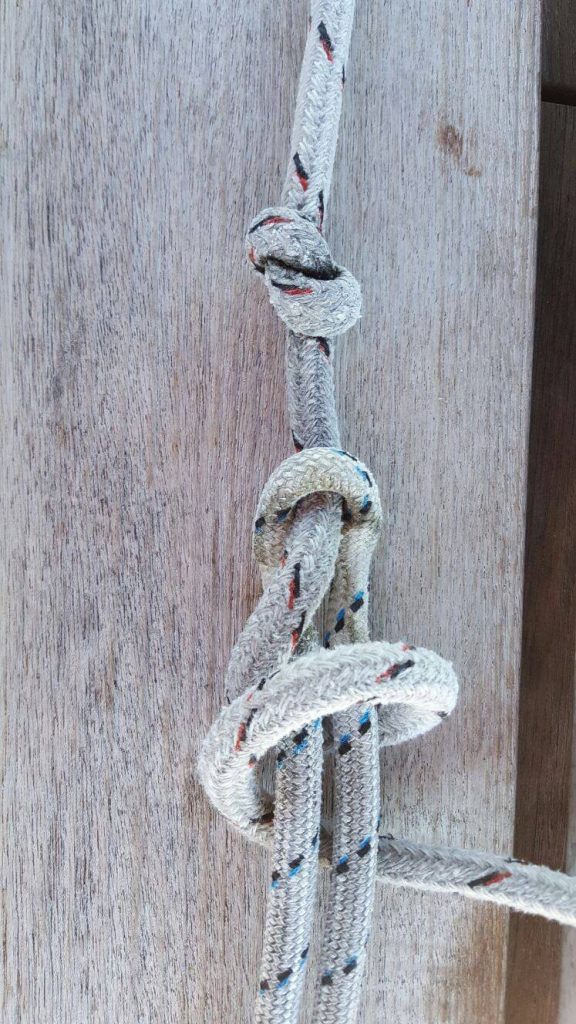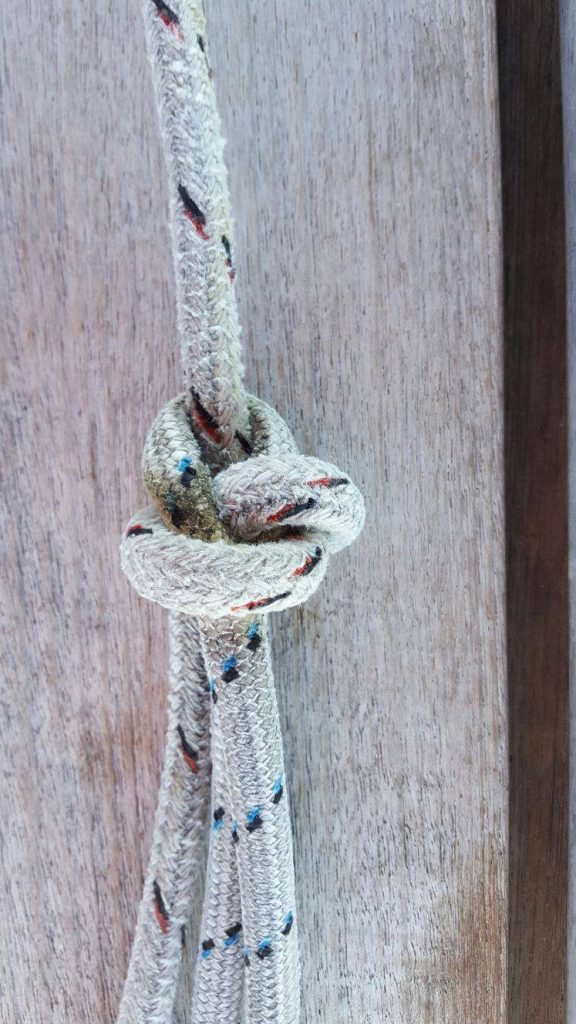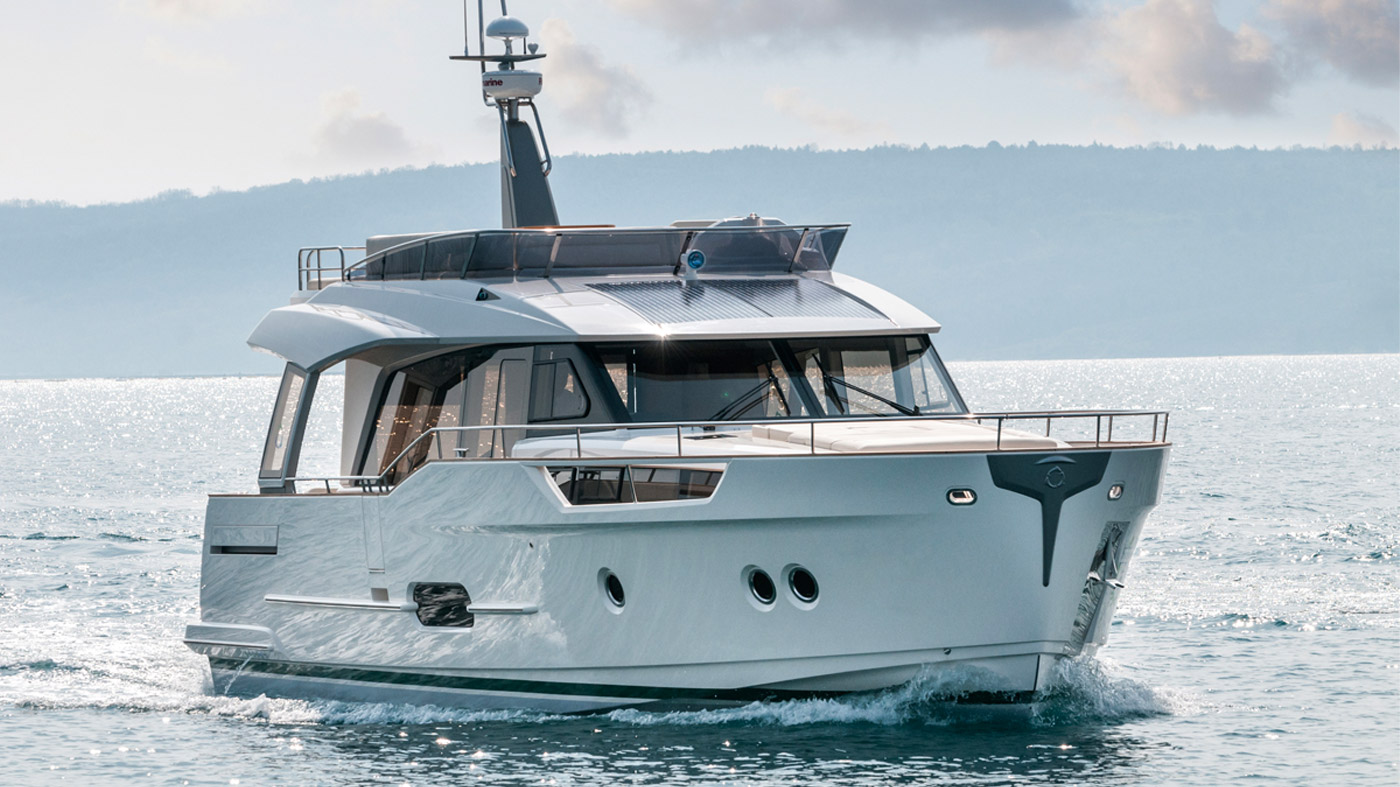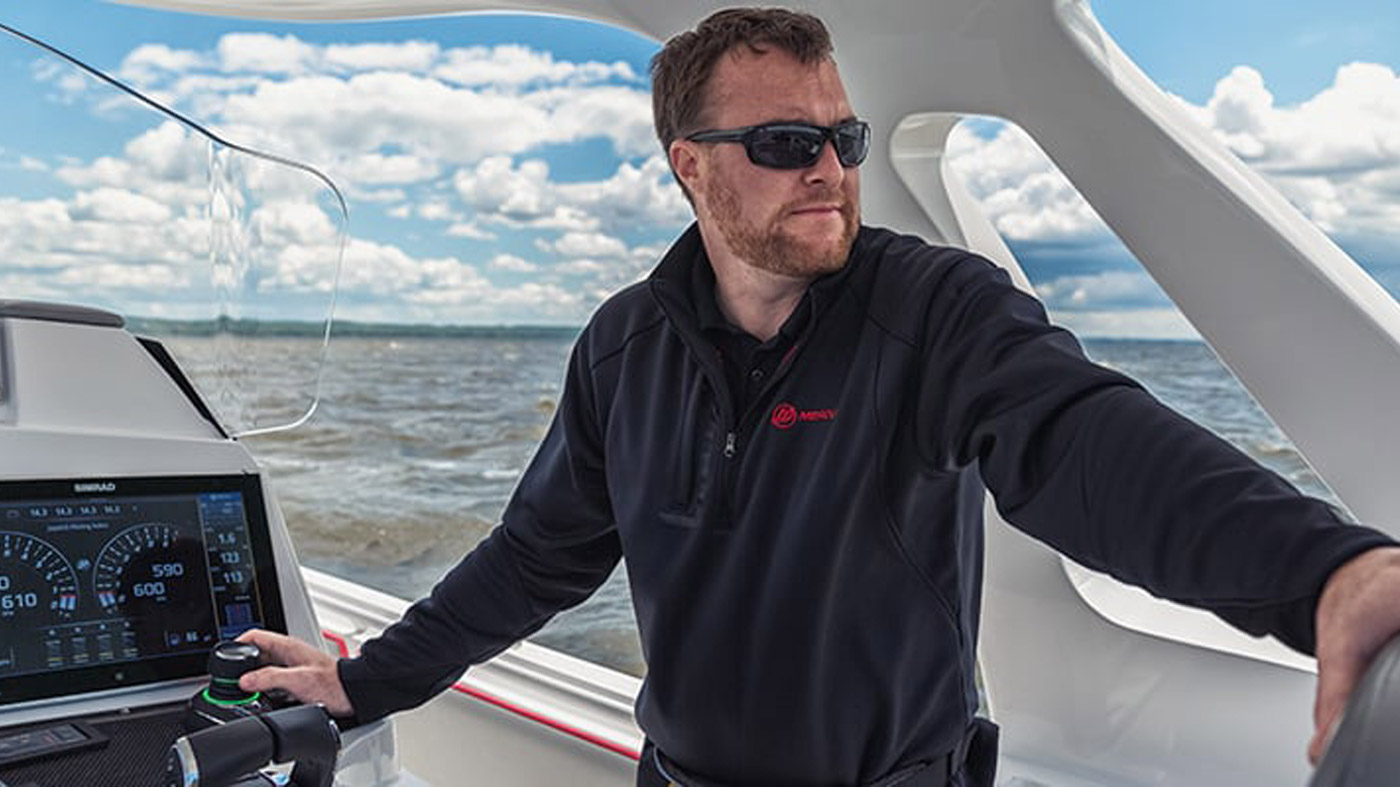E’ molto frequente vedere barche con il tender a rimorchio. Si tratta certamente di una comodità soprattutto se si fa un uso frequente del battellino. Cui possiamo non rinunciare a patto di osservare alcune condizioni.
La prima è che il meteo sia sicuramente favorevole e non ci siano possibili temporali in arrivo; ritrovarsi il tender pieno di acqua che si ribalta più volte sotto i colpi di vento complica la vita a un equipaggio che deve già affrontare altre urgenze.
La seconda è che lo si rimorchi per brevi tratti e sicuramente senza il fuoribordo attaccato alla sua poppa. Nelle lunghe navigazioni le possibilità che il maltempo arrivi sono maggiori e il fuoribordo attaccato al tender a pelo d’acqua corre molti più rischi di quanto non accada ben fissato sulla poppa della barca.
Infine, esiste la questione della cima che usiamo per il rimorchio e della sua lunghezza.
In molti casi si vedono tender rimorchiati con una sola cima fissata al golfare centrale. In questo modo la trazione è sempre esercitata solo su un punto e il gommoncino naviga compiendo escursioni di molti gradi a destra e a sinistra. Inoltre fidarsi della tenuta di un solo punto di aggancio è molto rischioso: il mare è pieno di tender dispersi da naviganti poco previdenti.
La soluzione più corretta è invece quella di distribuire lo sforzo della trazione sui tre punti predisposti sul tender: quello centrale e i due laterali prossimi ai tubolari.
Per farlo si deve preparare una cima piuttosto lunga in modo da graduare la distanza del tender dalla barca una volta a rimorchio e di una molto più corta che piegheremo in due parti uguali. Al centro della piega faremo passare la cima lunga con la quale eseguiremo dei colli in modo da fissarle fra loro.
In questo modo avremo la cima lunga, che andrà al golfare centrale del tender che divide in due quella più corta le cui parti saranno fissate ai due anelli laterali.
Ora per fissare le tre parti di cima al tender si lega la prima, quella centrale e più lunga, al golfare centrale con una gassa, la si mantiene in tiro, e si fissano le altre due con due gasse ai golfari laterali regolandole in modo che abbiano la stessa tensione della prima. In questo modo, una volta a rimorchio, il tendere subirà la trazione distribuita su tre punti e l’angolo di derapata a destra e a sinistra sarà ridottissimo.
Infine c’è la questione della lunghezza. Secondo alcuni, il tender andrebbe addirittura rimorchiato con la prua issata sulla plancetta di poppa della barca in modo da offrire meno resistenza e correre meno rischi in acqua. La nostra obiezione è che a quel punto allora è molto meglio issarlo in coperta e legarlo bene.
Se si decide che invece ci sono le condizioni per un rimorchio, è sufficiente regolare la lunghezza della cima in modo che la carena del battellino rimanga sull’onda creata dalla nostra barca. Lo stesso vale se c’è una moderata onda di poppa.
Con mare grosso è opportuno rinunciare al rimorchio e fissare bene il tender in coperta.

